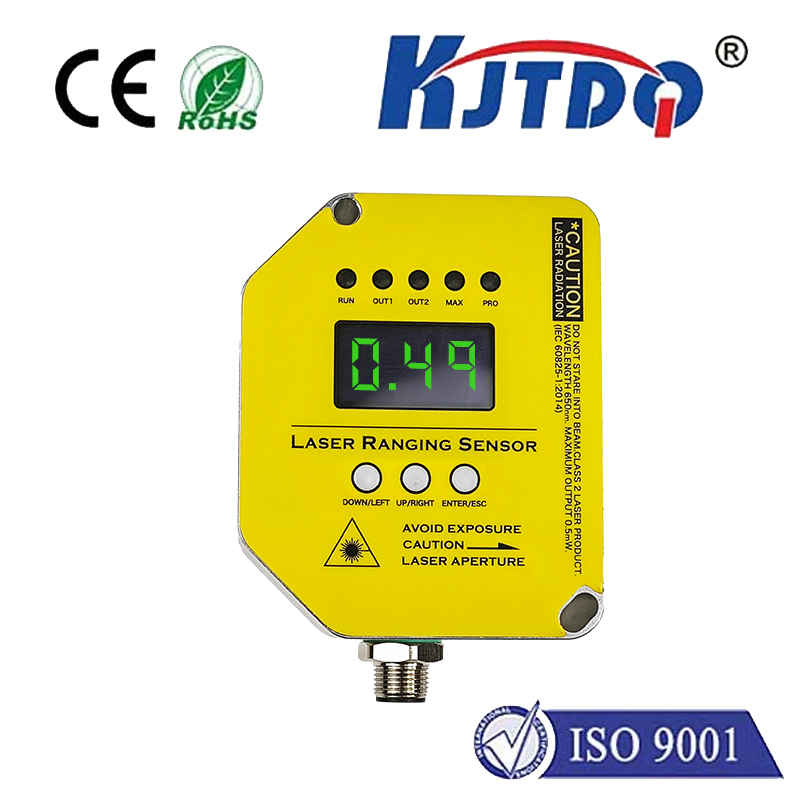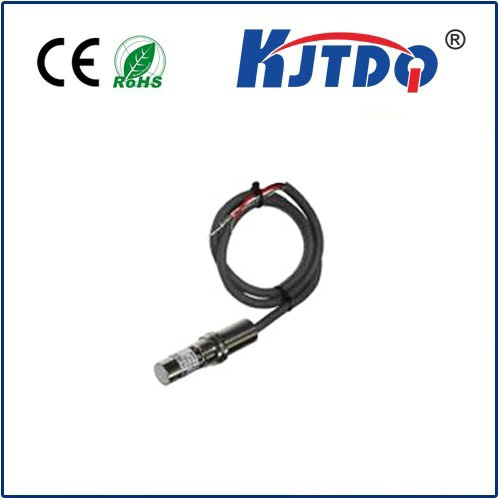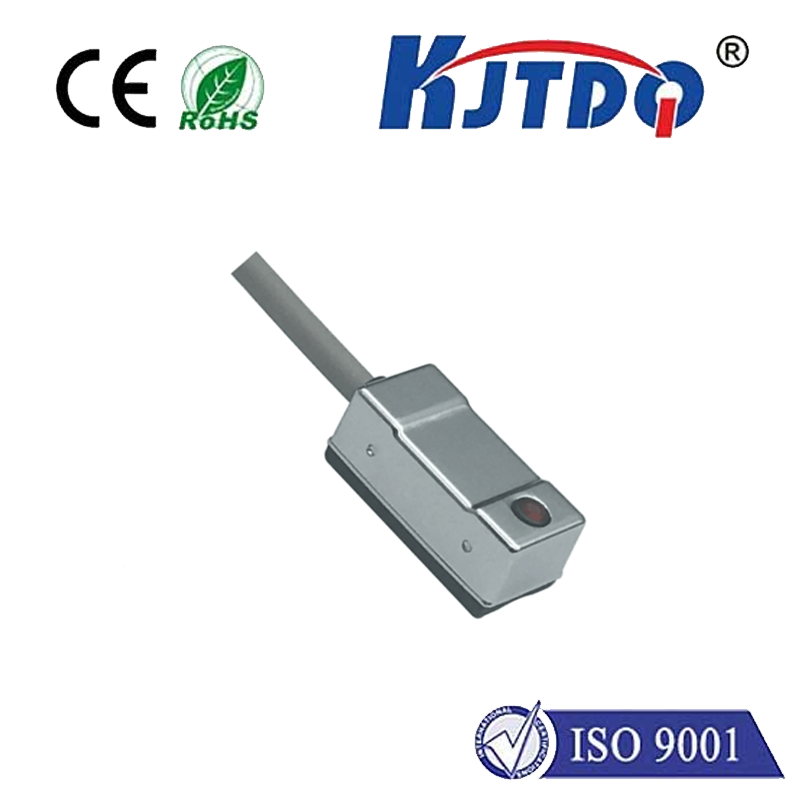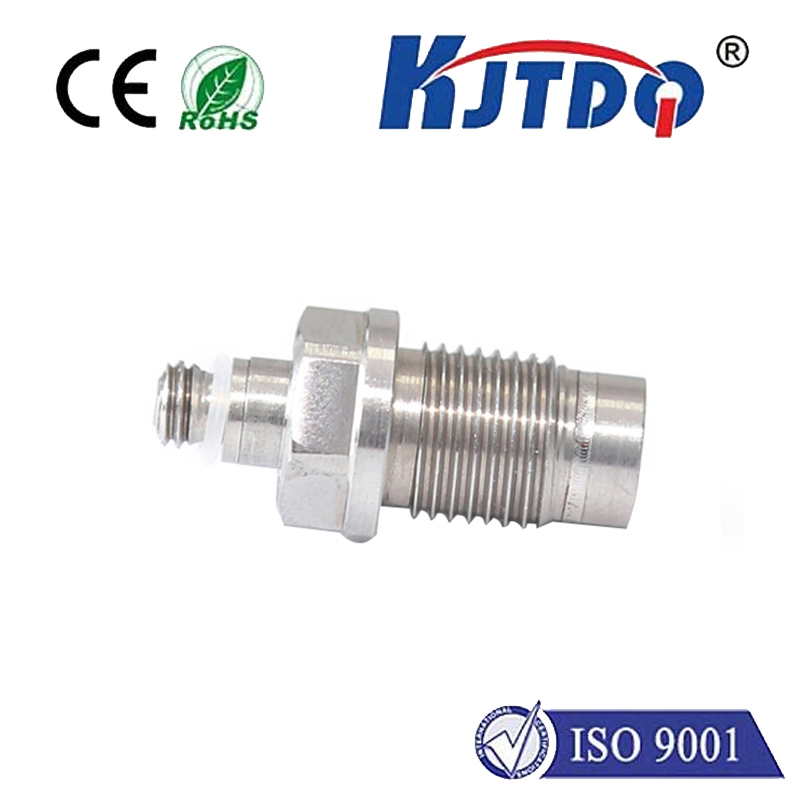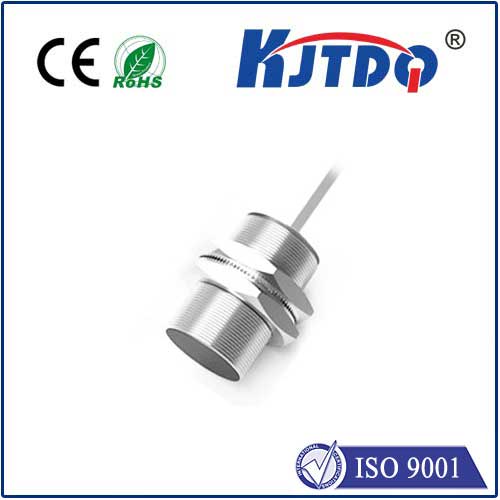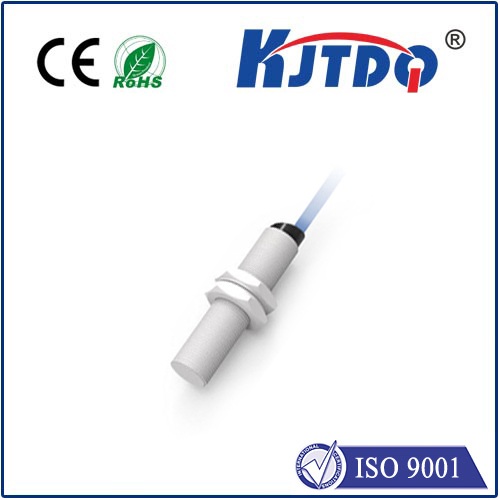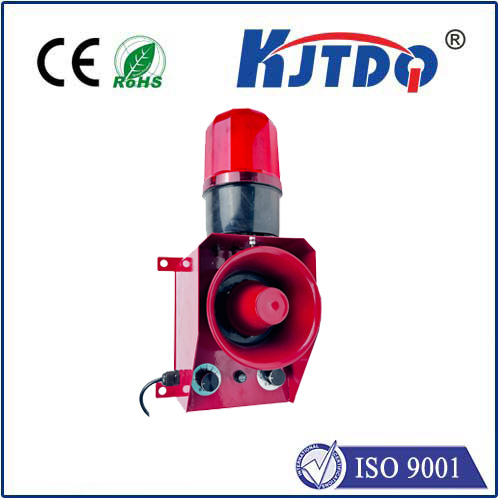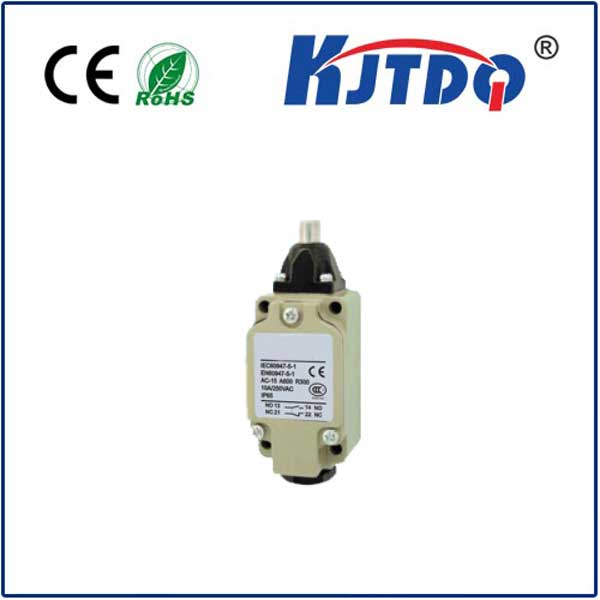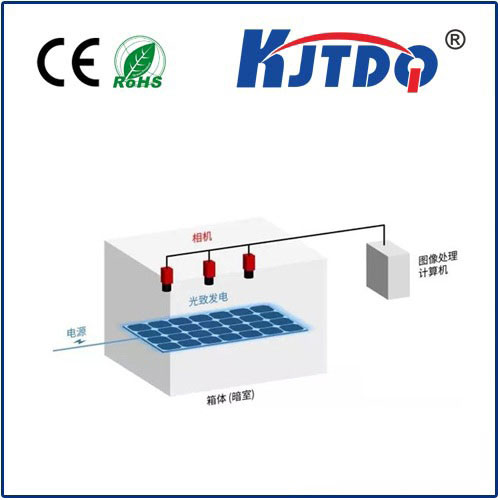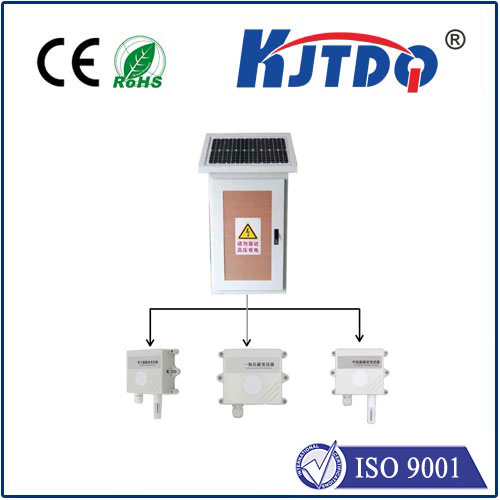
check

check

check

check
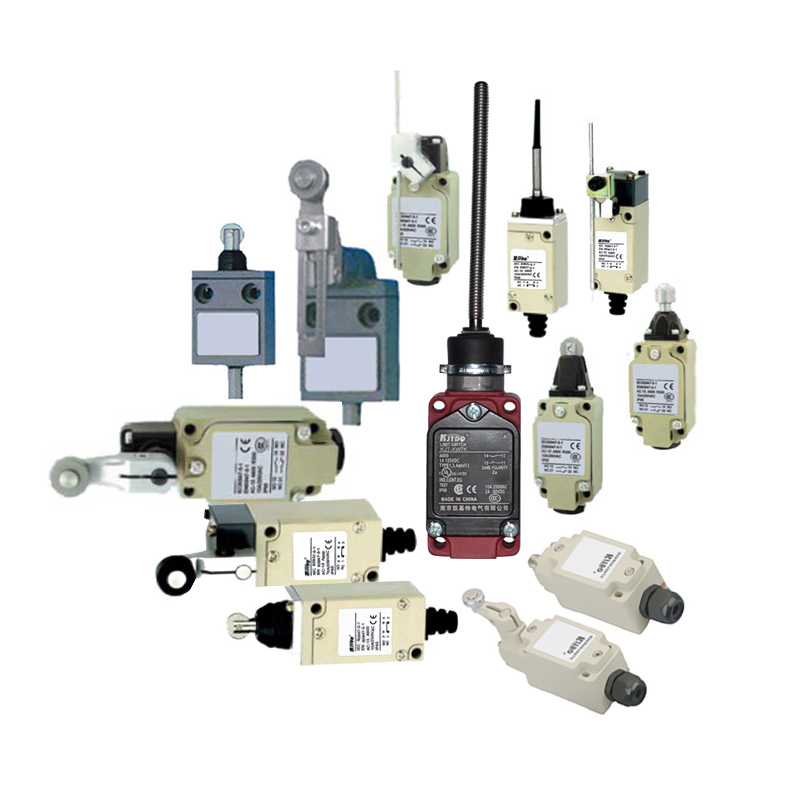
Usually mechanical switches (such as travel limit switches) are dry contacts. The proximity switch is a wet contact. Dry contacts and wet contacts are two commonly used contact types in switchgear. The difference lies in the use environment and contact status of the contacts:
Dry Contact: Dry contact refers to a state where there is no external power supply between the contacts. It is usually used in applications that do not require or have nothing to do with external power. When two dry contacts come into contact, a connection or disconnection signal is generated only through mechanical contact, and no current flow is involved. Common examples are mechanical key switches, such as doorbell buttons.
Wet Contact: A wet contact refers to a state where there is an external power supply between the contacts. It is usually used in applications that require external power supply or are related to external circuits. When two wet contacts come into contact, a signal of connection or disconnection is achieved by the flow of electrical current. Common examples are normally open contacts and normally closed contacts in relays. The opening and closing status of the contacts can be controlled by an external power supply.
It should be noted that dry contacts and wet contacts are not fixed contact types, but are distinguished according to different application scenarios and needs. In some switching devices, the contacts can be either dry or wet contacts, depending on the design and control of the contacts. In practical applications, according to different needs and circuit designs, reasonable selection of dry contacts or wet contacts can help achieve accurate signal transmission and operation control, and improve the reliability and functionality of the switching device.
